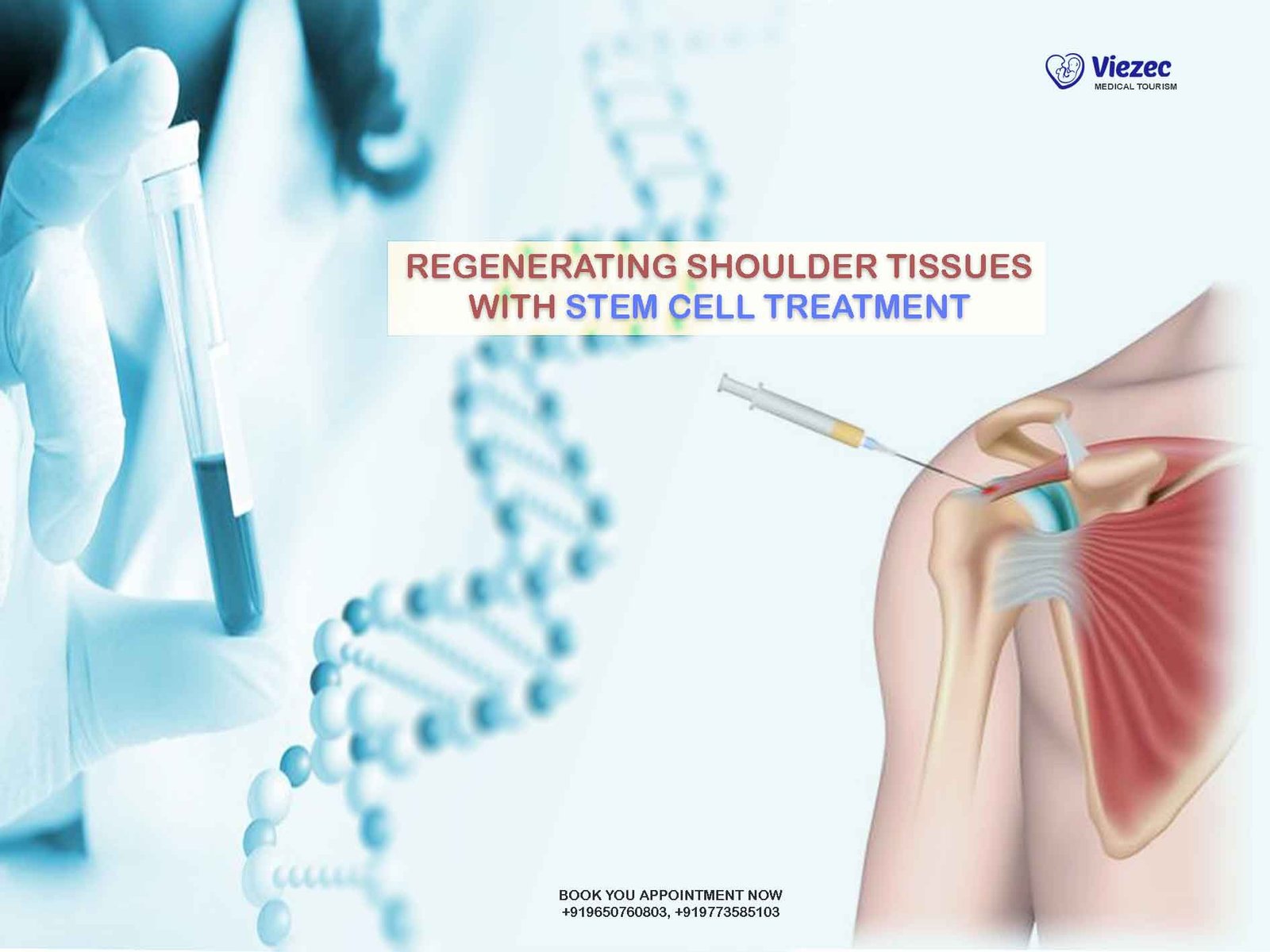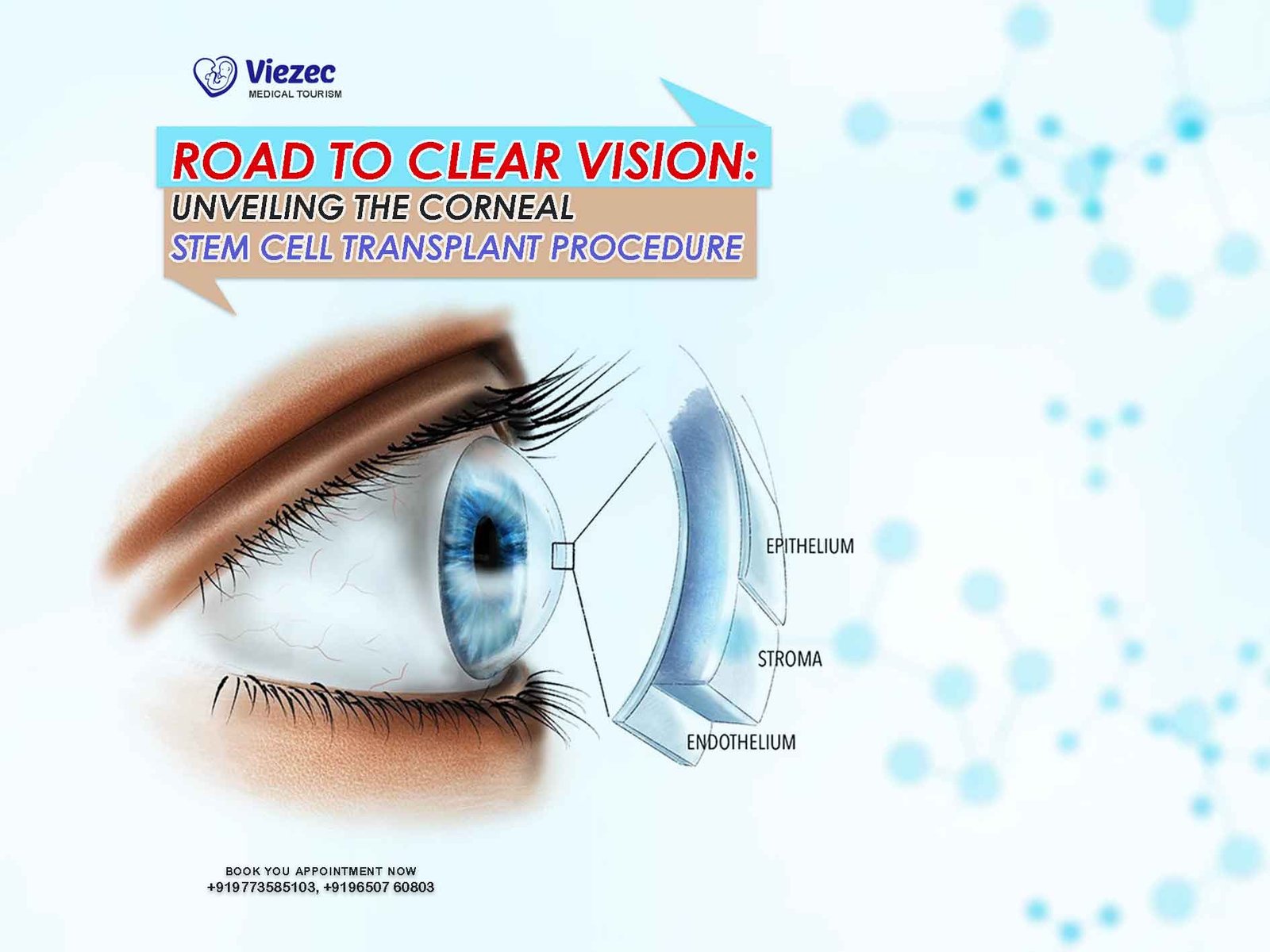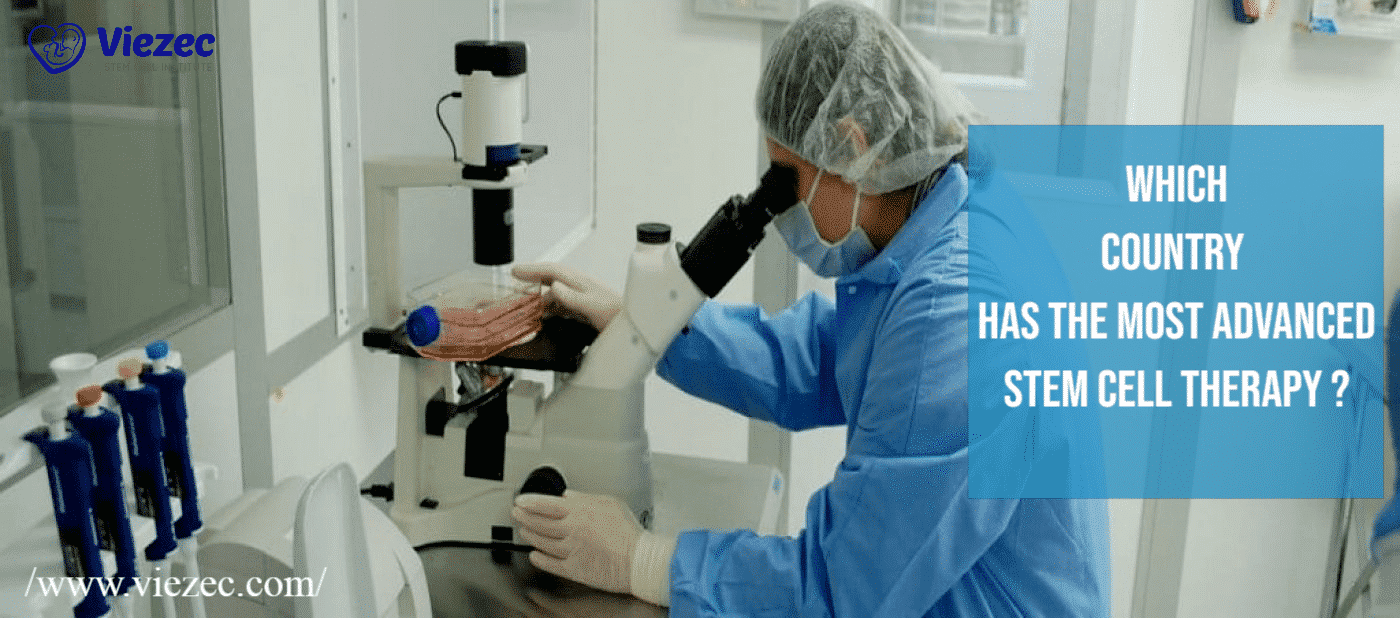In the realm of medical advancements, stem cell transplantation has emerged as a groundbreaking therapy with the potential to treat a myriad of diseases. The concept of harnessing the unique regenerative abilities of stem cells holds promise for conditions ranging from leukemia to neurodegenerative disorders. However, the safety of stem cell transplantation has been a subject of intense scrutiny and debate within the scientific and medical communities. This article aims to delve into the intricacies of stem cell transplantation, examining its safety profile through a multifaceted lens.
Understanding Stem Cell Transplantation
Before delving into the safety aspects, it is crucial to comprehend the fundamentals of stem cell transplantation. Stem cells, with their remarkable ability to differentiate into various cell types, serve as the body’s natural repair system. Transplantation involves the infusion of these cells into a patient’s body to replace or repair damaged cells or tissues. The source of stem cells can vary, including bone marrow, peripheral blood, or umbilical cord blood.
Evolution of Stem Cell Transplantation
Historical Context
The history of stem cell transplantation dates back several decades, with the first successful bone marrow transplant conducted in the 1950s. Since then, the field has evolved significantly, witnessing advancements in both techniques and understanding. Early challenges, such as graft-versus-host disease (GVHD) and graft rejection, paved the way for refinements in transplantation protocols to enhance safety.
Types of Stem Cell Transplants
Stem cell transplantation comes in various forms, classified primarily based on the source of stem cells. Autologous transplants utilize the patient’s own stem cells, whereas allogeneic transplants involve cells from a donor. Each type carries distinct safety considerations, shedding light on the nuanced nature of stem cell transplantation.
Evaluating the Safety of Stem Cell Transplants
Risks and Complications
Like any medical procedure, stem cell transplantation is not without risks. Immediate complications may include infection, bleeding, or adverse reactions to the conditioning regimen. Long-term risks encompass chronic GVHD, organ damage, and the potential for secondary malignancies. Understanding these risks is crucial for both healthcare providers and patients in making informed decisions.
Patient Selection and Screening
Ensuring the safety of stem cell transplantation begins with meticulous patient selection and screening. Identifying suitable candidates involves assessing factors such as age, overall health, and the specific disease being targeted. Rigorous pre-transplant evaluations help mitigate potential complications and enhance the overall safety profile of the procedure.
Advancements in Conditioning Regimens
The conditioning regimen, involving chemotherapy and sometimes radiation, aims to prepare the patient for stem cell infusion. Advances in conditioning protocols have focused on achieving a delicate balance between eliminating diseased cells and minimizing damage to healthy tissues. This refinement contributes significantly to the safety and tolerability of stem cell transplantation.
Allogeneic Transplants: Balancing Efficacy and Safety
Graft-versus-Host Disease (GVHD)
One of the primary concerns in allogeneic stem cell transplantation is GVHD, a condition where donor immune cells attack the recipient’s tissues. The delicate task of balancing the graft-versus-leukemia (GVL) effect with the risk of GVHD underscores the intricate nature of allogeneic transplants. Ongoing research seeks to develop strategies to mitigate GVHD without compromising the therapeutic benefits.
Donor Compatibility and HLA Typing
The safety of allogeneic transplants relies heavily on donor-recipient compatibility. Human leukocyte antigen (HLA) typing plays a pivotal role in matching donors and recipients, reducing the likelihood of graft rejection and GVHD. Advancements in HLA typing techniques have enhanced the precision of donor selection, contributing to the safety and success of allogeneic stem cell transplantation.
Autologous Transplants: Unleashing the Power of Self
Overcoming Immunological Challenges
Autologous stem cell transplantation leverages the patient’s own cells, eliminating concerns related to graft rejection or GVHD. While this approach addresses certain safety considerations, challenges such as the potential presence of malignant cells in the collected stem cell product require careful consideration. Innovative techniques, including ex vivo purging and manipulation, aim to enhance the safety and efficacy of autologous transplants.
Long-Term Follow-Up and Survivorship
Ensuring the safety of autologous stem cell transplantation extends beyond the immediate post-transplant period. Long-term follow-up and survivorship care are integral components of assessing safety. Monitoring for late effects, such as secondary malignancies and organ dysfunction, provides insights into the overall safety and quality of life for individuals who have undergone autologous transplants.
Emerging Frontiers in Stem Cell Safety
Induced Pluripotent Stem Cells (iPSCs)
The advent of induced pluripotent stem cells (iPSCs) has introduced a transformative dimension to the field. By reprogramming adult cells into a pluripotent state, iPSCs offer a potentially limitless source of patient-specific cells for transplantation. However, concerns regarding the safety of iPSCs, including genomic stability and tumorigenicity, necessitate rigorous preclinical and clinical assessments.
Gene Editing Technologies
The integration of gene editing technologies, such as CRISPR-Cas9, holds promise for enhancing the safety of stem cell transplantation. Precise modification of stem cells can address genetic abnormalities or bolster their therapeutic potential. Yet, the safety and ethical implications of gene editing in the context of stem cell transplantation raise complex questions that warrant careful consideration and ongoing dialogue.
Regulatory Landscape and Ethical Considerations
Ensuring Patient Safety through Regulations
The safety of stem cell transplantation is closely intertwined with regulatory frameworks governing medical practices. Regulatory agencies play a pivotal role in establishing guidelines, ensuring standardization, and safeguarding patient welfare. An exploration of the regulatory landscape provides insights into the checks and balances that contribute to the safety of stem cell transplantation.
Ethical Considerations in Stem Cell Research and Therapy
As the field of stem cell transplantation advances, ethical considerations become increasingly paramount. Issues such as informed consent, access to emerging therapies, and the responsible use of innovative technologies shape the ethical landscape. A comprehensive examination of these ethical dimensions is essential for fostering a responsible and equitable approach to stem cell research and therapy.
Conclusion
Stem cell transplantation stands at the forefront of medical innovation, offering hope for patients grappling with diverse medical conditions. The safety of this therapeutic modality is a multifaceted tapestry woven with scientific advancements, meticulous patient care, and ethical considerations. Through ongoing research, technological innovations, and collaborative efforts, the scientific and medical communities continue to refine and enhance the safety profile of stem cell transplantation, unlocking new frontiers in regenerative medicine. As the journey of exploration persists, a comprehensive understanding of the intricacies surrounding stem cell safety will undoubtedly shape the future landscape of medical practice and patient care.









